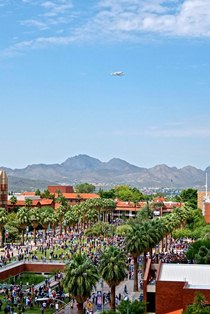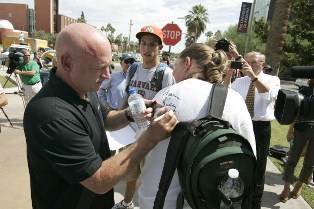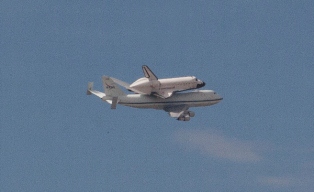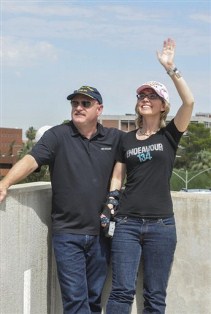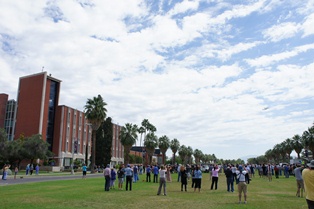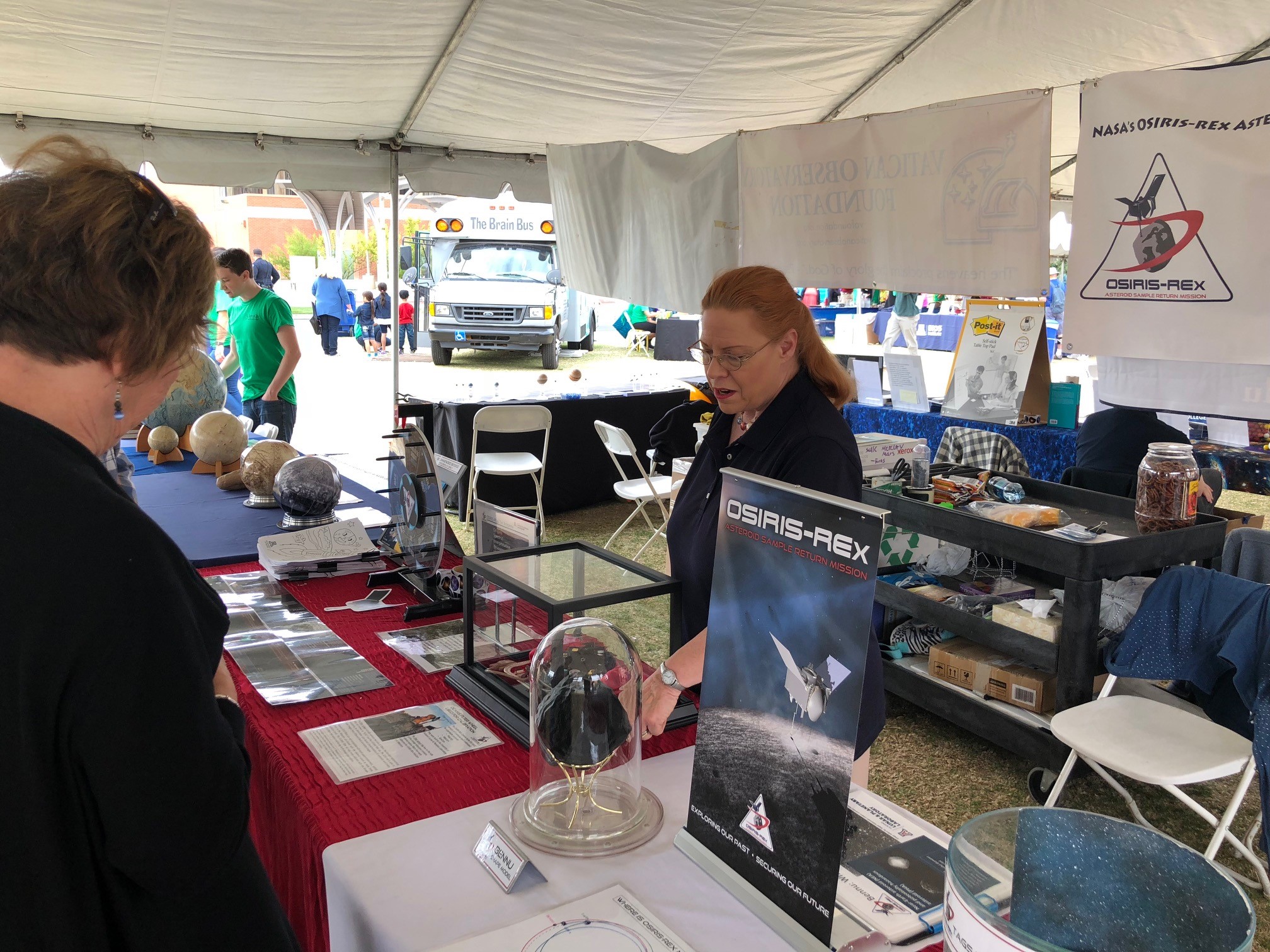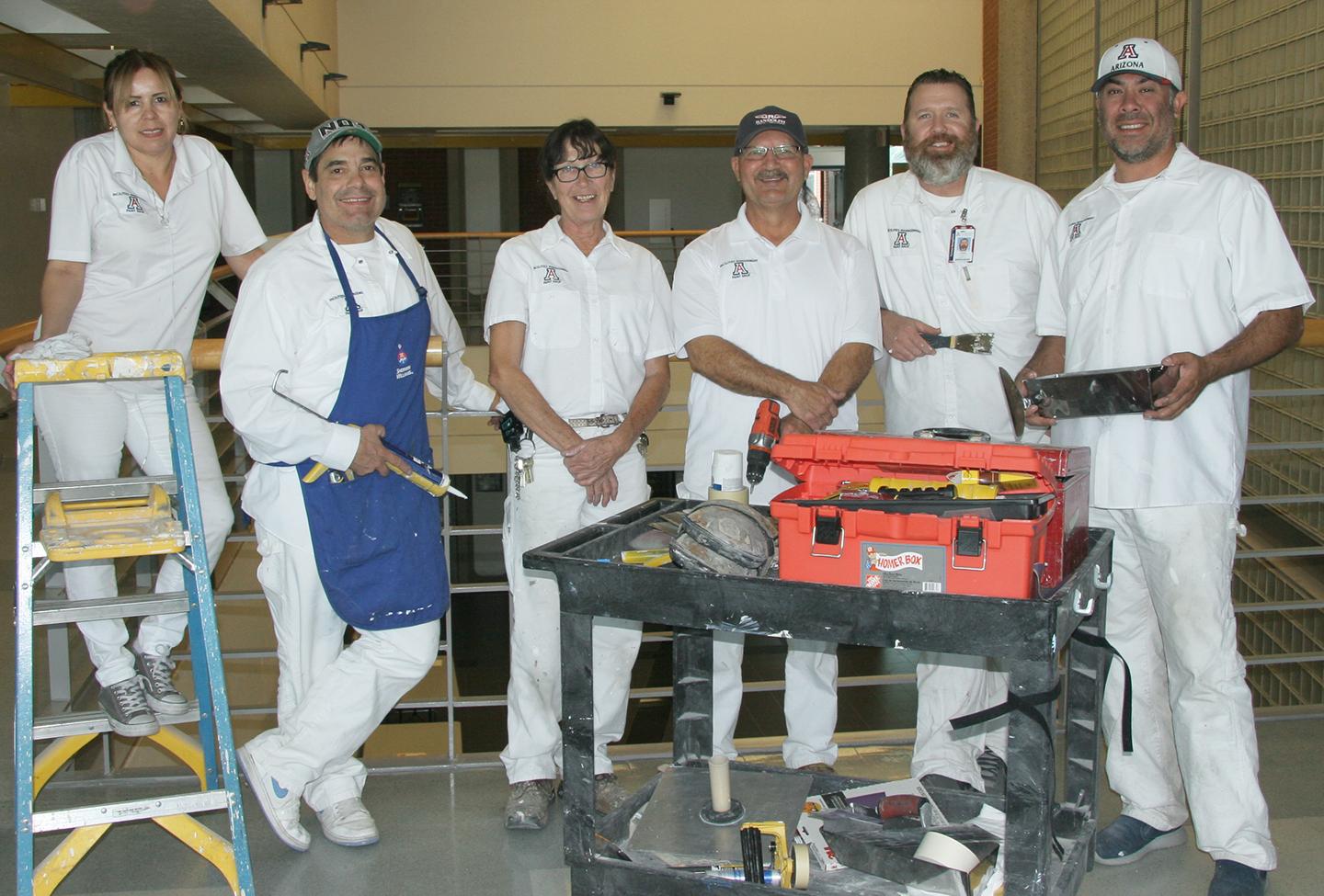The Department of Planetary Sciences/Lunar and Planetary Laboratory at the University of Arizona has available a tenured or tenure-track faculty position. Candidates in all areas of planetary science are encouraged to apply. Current faculty and research staff are engaged in many facets of planetary science, including planetary surfaces, interiors, atmospheres, the Sun and heliosphere, exoplanetary systems, comparative planetary studies, origins of planetary systems, and orbital dynamics. They employ tools such as theoretical studies and data analysis, laboratory and field investigations, telescopic observations, remote sensing, and spacecraft development, operations, and instrumentation. The faculty, research staff, and graduate student body are drawn from the diverse backgrounds of planetary science, astronomy, chemistry, geology, physics, and engineering. Additional information concerning the Department/Laboratory is available on the Lunar and Planetary Lab site.
Successful candidates will teach at all levels, from freshman through advanced graduate classes. They will establish and maintain a distinguished research program in the field of planetary sciences and will supervise graduate students. Salary is dependent on qualifications. To be considered for an appointment above the rank of Assistant Professor, candidates must have an internationally recognized record of distinguished scientific achievement, leadership, and teaching ability in the planetary sciences. To be considered for appointment at the rank of Assistant Professor, candidates must demonstrate clear promise of such achievement.
Review of applications will begin on November 15, 2012, and will continue until the position is filled. The starting date for the appointment is anticipated to be August 12, 2013. Applicants must complete the online application at UA CareerTrack (search for Job Number 51233). Inquiries and supporting application materials, including a CV with publication list, statement of research interests, statement of teaching philosophy, and the names and addresses of at least four references may be submitted to:
Professor Timothy D. Swindle
Head, Department of Planetary Sciences
Director, Lunar and Planetary Laboratory
The University of Arizona
1629 E. University Blvd.
Tucson, Arizona 85721-0092
(520) 621-4128
The University of Arizona is an EEO/AA employer - M/W/D/V.


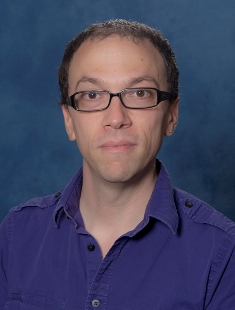 Michael Sussman joined LPL in August 2012, working on simulations of giant planet atmospheric circulation with Professor Adam Showman. Michael earned his Ph.D. in 2011 from New Mexico State University researching the seasonal variation of Uranian winds, as well as quantifying secular changes to Jovian ovals. Michael originally hails from Chicago, attending undergrad at a Great Books school in the Chicago suburbs. Prior to joining the field of planetary science, he worked in experimental neuroimaging, mapping cognitive function to neuroanatomical structures. In his spare time, Michael enjoys biking, playing classical piano, and composing electronic music.
Michael Sussman joined LPL in August 2012, working on simulations of giant planet atmospheric circulation with Professor Adam Showman. Michael earned his Ph.D. in 2011 from New Mexico State University researching the seasonal variation of Uranian winds, as well as quantifying secular changes to Jovian ovals. Michael originally hails from Chicago, attending undergrad at a Great Books school in the Chicago suburbs. Prior to joining the field of planetary science, he worked in experimental neuroimaging, mapping cognitive function to neuroanatomical structures. In his spare time, Michael enjoys biking, playing classical piano, and composing electronic music.